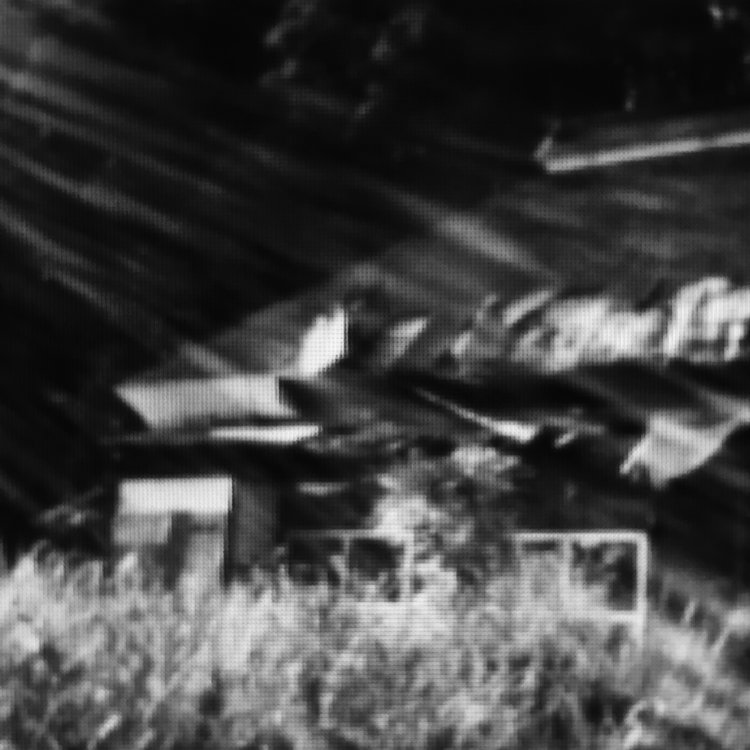For the longest time, something about those slippers on the porch of that abandoned house in Kyushu didn’t sit right with me. Who had placed them there, and why had they been left behind? it made no sense. Only much later did it occur to me that it was a subtle, powerful statement of powerlessness.
It must have been a final gesture. And that gesture must have been understood by every curious visitor thereafter. That abandoned house, worn by the elements, slowly falling apart, and yet the slippers stayed there, untouched on the doorstep, left in peace, a metaphor for something I didn’t fully understand.
The quiet of the agarikamachi — the wooden entrance sill. It is the symbolic threshold, the delimiter between two spaces, up from the kutsunugi-ishi — the shoe-removing stone — and then onto the raised wooden flooring of the room. There’s no way that the placement of those slippers was a coincidence.
That morning I managed an image, but it didn’t seem possible to fully capture the gesture of leaving one’s slippers behind to express an uncertain future. Maybe I should invent a new language, as with the Voynich manuscript, or Xu Bing in his Tiānshū and Dì Shu books: a text that nobody can understand, followed by a text that everyone can understand. What a feat.
I would have loved to sit with the couple on the day that they were leaving. Have a final cup of tea, open the sliding shutters of the veranda, and together stare into the distance. The impermanence of a moment of perfect symbiosis between the inside and outside world. The Imagism of Ezra Pound comes to mind:
“Do not move
⠀⠀⠀⠀⠀⠀Let the wind speak. ⠀⠀
⠀⠀⠀⠀⠀⠀⠀⠀ that is paradise.”
I’m sure the birds sang beautifully that morning.
/// #image_by_image is an ongoing conversation between photographers Ivan Sigal and Anton Kusters. @ivansigal and @antonkusters on Instagram ///
